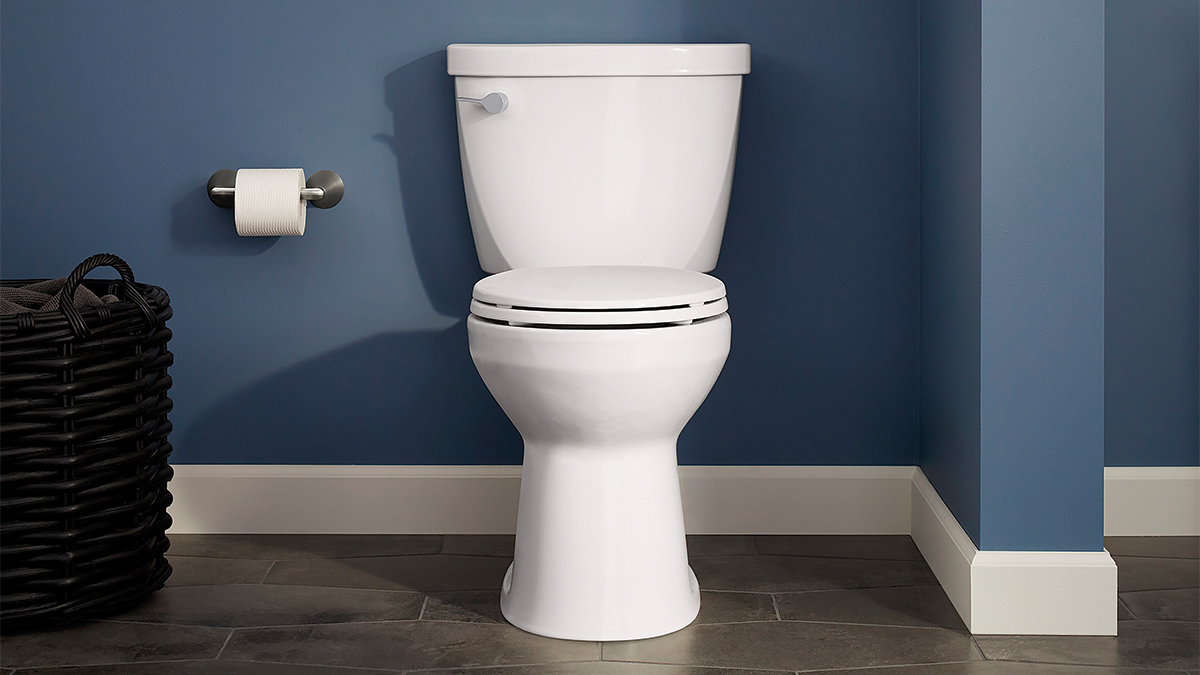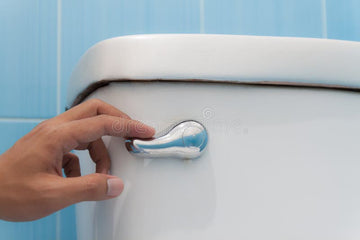In 2025, the push towards sustainability has reached new heights, especially in the realm of everyday utilities. One of the most significant areas of focus is the bathroom, specifically, water-saving toilet innovations. With the increasing awareness of water conservation and the urgent need to adapt to climate change, the quest for efficient lavatories has never been more pressing.
The journey towards these innovations is not just about saving water; it's about creating a sustainable future. The technologies emerging in this space promise to reduce water usage without compromising on performance, making them a critical component of any modern household. In this article, we'll delve into the groundbreaking advancements that are reshaping how we think about toilets in 2025.

Revolutionary Designs and Technologies
One of the most exciting aspects of water-saving toilet innovations in 2025 is the array of new designs and technologies that are emerging. From the integration of smart sensors to the use of alternative flushing mechanisms, the industry is seeing a transformation like never before. These innovations are not just futuristic; they are practical solutions to a real-world problem.
For instance, manufacturers are exploring the use of vacuum-assist toilets that utilize a minimal amount of water by using air pressure for flushing. Such technologies promise to drastically cut down water usage while maintaining high performance. To learn more about different types of flush systems, visit this article.
Smart Toilets: The Future of Bathroom Efficiency
Smart technology is revolutionizing every aspect of our lives, and toilets are no exception. The concept of a smart toilet includes features such as automatic flushing, self-cleaning capabilities, and even water usage tracking. These systems can adjust the amount of water used for each flush based on need, thus optimizing water conservation.
Incorporating smart technology into toilets not only enhances user convenience but also ensures that water consumption is kept to a minimum. This is particularly crucial in areas where water scarcity is a pressing issue. For a detailed comparison between dual and single flush toilets, check out this comparison guide.
Eco-friendly Materials and Manufacturing
Beyond the technology, the materials used in the construction of toilets also play a significant role in their environmental impact. In 2025, there is a strong push towards using sustainable materials and manufacturing processes that reduce carbon footprints. From recycled plastics to ceramics that require less energy to produce, the entire lifecycle of a toilet is being reconsidered.
These sustainable practices not only contribute to water saving but also to the overall reduction in environmental impact. For more insights into how these materials are changing the industry, visit this resource.
Government Regulations and Incentives
Governments worldwide are recognizing the importance of water-saving technologies and are implementing regulations to promote them. These regulations often include incentives for homeowners and businesses that choose to install water-efficient toilets. Such initiatives not only drive adoption but also encourage manufacturers to innovate further.
In many regions, rebates are available for upgrading to WaterSense labeled toilets, which meet specific water efficiency criteria. To understand more about how these regulations are shaping the industry, you can visit the Environmental Protection Agency's WaterSense program.
Challenges and Future Directions
Despite the advancements, there are challenges that remain. High initial costs and the need for infrastructure adjustments are some of the hurdles that need to be overcome. However, the benefits of water-saving toilets far outweigh these challenges, especially when considering the potential savings in water bills and the positive environmental impact.
Looking ahead, the focus will likely be on making these technologies more accessible and affordable. As the industry continues to innovate, we can expect even more efficient and cost-effective solutions to emerge. For strategies on reducing water usage with your current toilets, explore this guide.
Conclusion
Water-saving toilet innovations in 2025 are setting a new standard for sustainability in the home. With smart technologies, eco-friendly materials, and supportive government policies, the future of toilets looks promising. These advancements not only address the immediate need for water conservation but also pave the way for a more sustainable future.
For those in the Industry QA sector, staying updated on these innovations is crucial. It not only ensures compliance with the latest standards but also positions you at the forefront of a movement towards a more sustainable and environmentally friendly future. For further reading on water conservation at home, visit this comprehensive guide.

FAQs
1. What are vacuum-assist toilets?
Vacuum-assist toilets use air pressure to enhance the flushing process, significantly reducing water usage compared to traditional toilets.
2. How do smart toilets save water?
Smart toilets can adjust the water used per flush based on the need, track usage patterns, and offer features like automatic flushing and self-cleaning, all contributing to water conservation.
3. Are there financial incentives for installing water-saving toilets?
Yes, many governments offer rebates and incentives for installing water-efficient toilets, which can offset the initial costs and encourage adoption.






